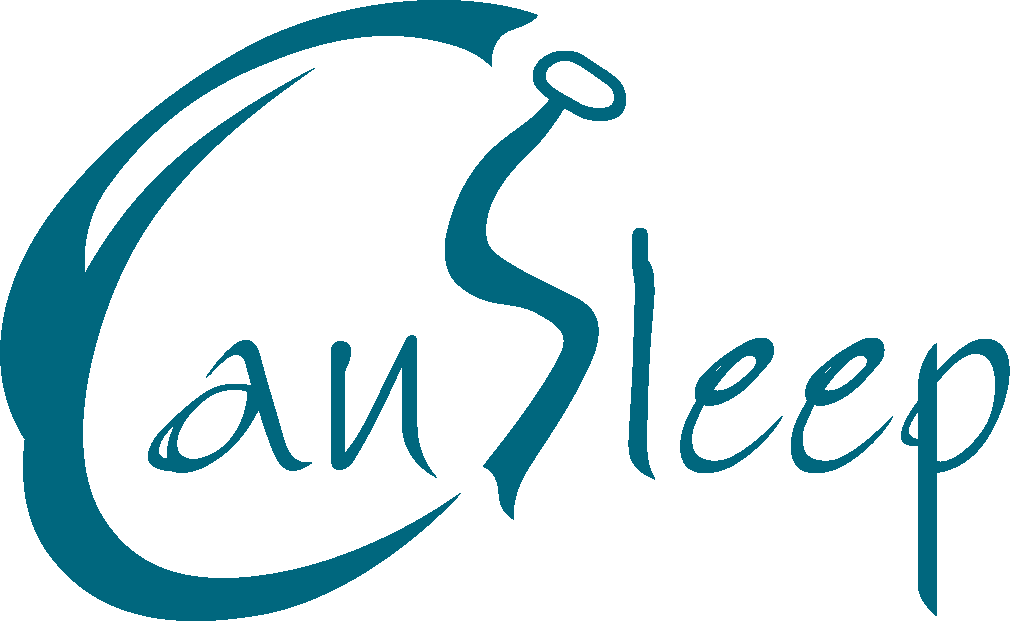“Do-It-Yourself” Tricks For Snoring
Mar. 20, 2015The most common treatment for Obstructive Sleep Apnea is CPAP. It delivers a pressure that allows the upper airways to stay open while you sleep. Other treatments such as oral appliances and surgery are also available. treatment will depend on whether you have mild, moderate or severe OSA.
Often people experience ‘upper airway resistance’, which is similar to obstructive sleep apnea in that there is an abnormal resistance in the upper airway as you sleep and your muscles relax. Common symptoms are snoring and sleepiness.
If you have upper airway resistance and snore, there are a few things you can do at home that may reduce or stop your symptoms.
Here are a few examples….
- Sleep on your side instead of your back, this decreases the gravity pull on the tissues in the back of your throat
- Prop a few (2-3) pillows behind your head/neck to prevent tissue from obstructing the airway
- Sew a pocket onto the back of a top and put a tennis ball in it. If you start to roll to your back during sleep, the pressure from the ball will make you roll back to your side.
- Purchase the “Rematee Belt” from Cansleep, the inflatable bumpers on the back allow you to sleep comfortably on your side






